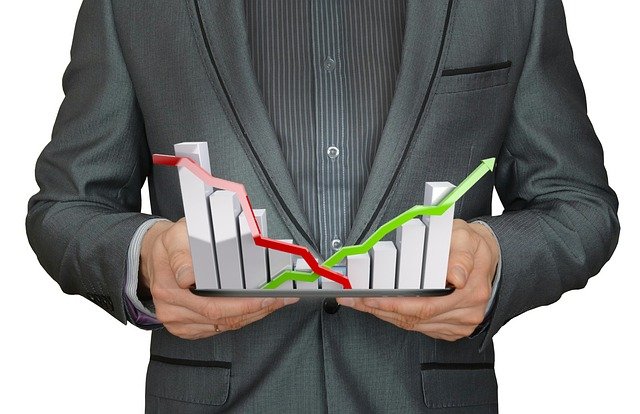Oil prices were moving higher on Wednesday, after a trade group reported falling U.S. inventories ahead of official data expected later. Hopes that China’s COVID outbreak is slowing also drove some optimism for the commodity.
Price action
- West Texas Intermediate crude for June delivery CL.1, +2.57% CL00, +2.57% CLM22, +2.57% rose $2.26, or 2%, to $114.94 a barrel. The contract closed up 1.6% to $112.40 a barrel after briefly hitting the highest intraday level for a most actively traded contract since March 24, according to FactSet.
- July Brent crude BRN00, +1.84% BRNN22, +1.84%, the global benchmark, rose $1.3% to $113.39 a barrel, following a 2% gain to $111.93 a barrel on Tuesday and hitting a March 28 intraday high.
- June gasoline RBM22, +0.42% was up 0.9% at $3.825 a gallon. June heating oil HOM22, +1.04% rose 0.7% to $3.827 a gallon.
- June natural-gas futures NGM22, +1.00% rose 0.5% to $8.352 per million British thermal units.
What’s driving markets?
Data due later from the Energy Information Administration is expected to show a 2.1 million barrel rise in oil inventories, according to analysts surveyed by S&P Global Commodity Insights. Gasoline is expected to slip 100,000 barrels and distillates 1 million barrels.
Oil rose in electronic trading late Tuesday after the American Petroleum Institute said late Tuesday that U.S. crude-oil inventories fell 2.4 million barrels last week, while gasoline stocks fell by 5.1 million barrels, according to a source. Distillate inventories were seen up 1 million barrels.
While investors watch to see whether Europe can put together a ban on Russian oil, hopes for easing COVID restrictions in China, the world’s biggest crude importer were another factor for the gains, said analysts. .
Optimism around “much higher oil demand and prices” is positive for producers, though harmful for consumer sentiment, wrote Stephen Innes, managing partner at SPI Asset Management, in a note to clients.
“And with unaffordable prices at the pump, which are a by-product of demand exceeding supply, the Fed will be on a mission to raise rates to at least moderate the demand side of the economy, which could eventually filter through to a mild form of demand destruction where there could be a buyer strike rather than buyers splurge over US peak driving season,” he said.
Data in the U.K. on Wednesday showed annual consumer prices climbing to a four-decade high, driven by higher energy prices.
Crude has been pushing the upper end of its trading range has prevailed over the past few weeks, noted Ole Hansen, head of commodity strategy at Saxo Bank, in a note to clients on Wednesday.
“During the past few weeks, the focus has turned from a rangebound crude oil market to the product market where the cost of gasoline, diesel and jet fuel have surged to levels not seen in years, if ever. The combination of refinery maintenance, a post pandemic reduction in capacity as well as self-sanctioning of Russian products have all led to incredible tight markets,” said Hansen.

